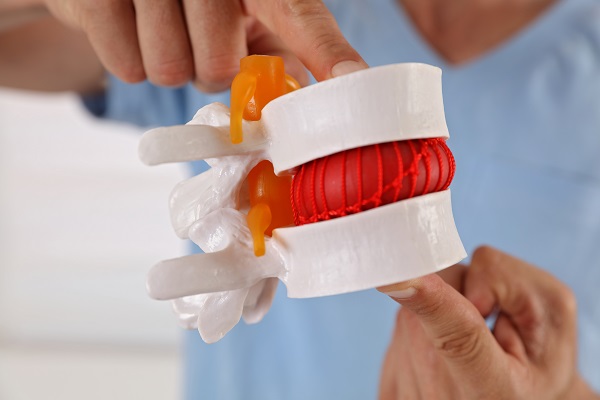3 Benefits of Spinal Decompression

Spinal decompression is a non-surgical method for relieving chronic back pain, neck pain, and sciatica. It is necessary to perform spinal decompression to prevent the vertebral bones from compressing the spinal discs. A bulging disc can cause discomfort if it presses on the spinal cord and nerves, causing pain, muscle weakness, and a numb sensation. Continue reading to learn more about spinal decompression and its benefits.
3 Benefits of spinal decompression
1. Relieves back pain
Spinal decompression is a common and effective treatment for back pain. It works by stretching the spine, which helps to relieve pressure on the nerves and discs in the back. This process reduces inflammation and promotes healing in the affected area. Studies have shown that this treatment can relieve chronic back pain, sciatica, and other spinal conditions.
This treatment is also beneficial because it is a non-surgical treatment method. Unlike surgery, which often requires a lengthy recovery period, spinal decompression is a non-invasive procedure that can be completed in one or more sessions. The number of sessions depends on the patient's case and treatment goals. Side effects are rare and typically resolve after a few days, allowing the patient to go back to their everyday routine.
2. Helps improve mobility
Another potential benefit of treatment is improved mobility. When the spine is compressed, it can cause stiffness and impede movement. This therapy helps stretch the spine, improving flexibility and range of motion. Increased flexibility can help to prevent further injury and reduce the risk of future back problems.
In addition, improved mobility is essential for maintaining an active lifestyle. When people are mobile, they can engage in physical activity, which is essential for maintaining healthy habits. Physical activity helps to strengthen muscles, improve cardiovascular health, and boost the immune system. By improving mobility, spinal decompression can help patients stay healthy and active.
3. Reduces the need for medication
Spinal decompression can often reduce the need for medication. Many patients with back pain rely on pain medication to manage their symptoms. However, pain medication can have side effects and can be addictive if used excessively. This treatment provides a holistic alternative to pain medication since it focuses on treating the whole body instead of solely masking the symptoms.
By relieving pressure on the nerves and discs in the back, spinal decompression can reduce the need for pain medication. It can help to reduce the risk of addiction and minimize the risk of side effects associated with pain medication. Additionally, reducing the need for medication can help to lower healthcare costs and improve the patient's general health.
Schedule a consultation today
Spinal decompression is a safe and effective treatment method for back pain, sciatica, and other spinal conditions. It can help relieve back pain and improve your range of motion. It can also reduce your need to take pain medication. If you think that you may benefit from spinal decompression, reach out to our office today. Our team can answer any questions or concerns you may have and schedule you for a consultation. We look forward to hearing from you.
To learn more about spinal decompression in the Indianapolis area, visit https://www.woodsindychiro.com or call (317) 257-3919 to make an appointment.
Check out what others are saying about our services on Yelp: Spinal Decompression in Indianapolis, IN.
Recent Posts
Spinal decompression is an effective option for individuals with chronic back pain, sciatica, or herniated discs. It is a non-invasive treatment that chiropractors use to relieve pressure on spinal discs, nerves, and surrounding tissues. Understanding the spinal decompression treatment process can help you make an informed decision about your health and quality of life.The initial…
Sciatica pain is caused by your sciatic nerve being pinched and can be treated by a chiropractor. The sciatic nerve is the longest in the body and travels from the lower half of the spine down to the toes. Pain can occur anywhere along the nerve’s path, and it can typically be felt in the…
Back pain is one of the most common reasons that people need chiropractic care. Your odds of developing issues that lead to back pain go up as you age because the discs in your spine lose fluid. These discs serve as cushions that separate the many bones that make up the spine, and their deterioration…
Chiropractic treatments can reduce the pain caused by injured muscles. Acute muscle injuries are the result of trauma to a part of the body, like a hard blow during contact sports. Repetitive muscle injuries are caused by overusing muscles, like a baseball pitcher damaging muscles in their shoulder due to throwing a ball countless times…


